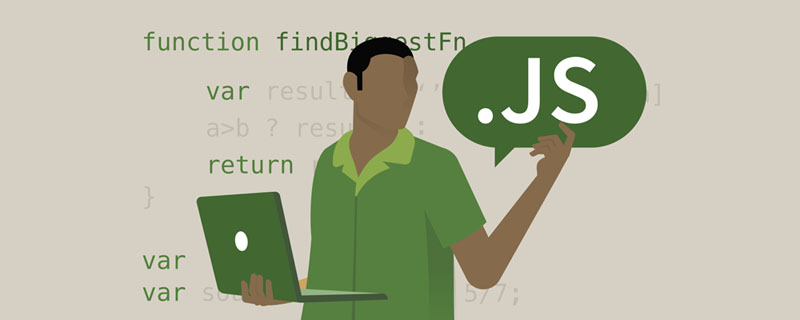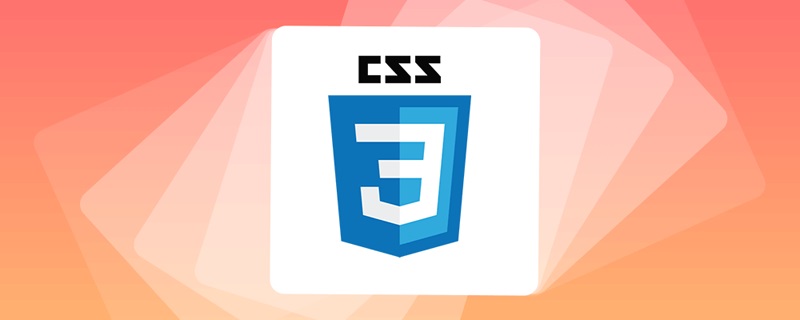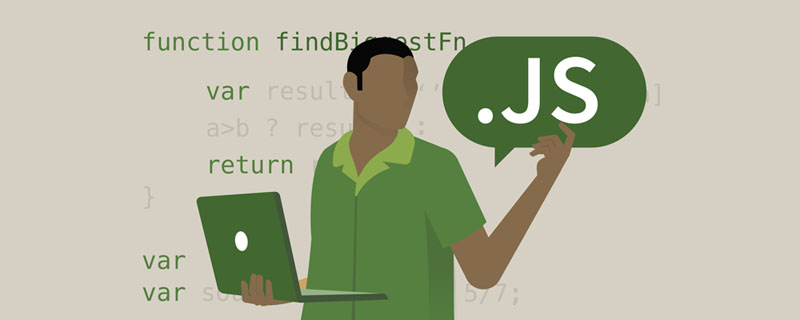 Web Front-end
Web Front-end JS Tutorial
JS Tutorial JavaScript method to determine browsing device based on CSS Media Queries_javascript skills
JavaScript method to determine browsing device based on CSS Media Queries_javascript skillscss section
first, create a new class for making judgments, and then use media queries to assign different values to the z-index attribute of this class. this class is only used for javascript reading, so it needs to be moved out of the screen window and invisible to the viewer to avoid unexpected situations.
as a demonstration, the following code sets four device states: regular desktop version, small screen desktop version, tablet version, and mobile version.
/* default state */
.state-indicator {
position: absolute;
top: -999em;
left: -999em;
z-index: 1;
}
/* small desktop */
@media all and (max-width: 1200px) {
.state-indicator {
z-index: 2;
}
}
/* tablet */
@media all and (max-width: 1024px) {
.state-indicator {
z-index: 3;
}
}
/* mobile phone */
@media all and (max-width: 768px) {
.state-indicator {
z-index: 4;
}
}
javascript judgment
css is already in place, so you need to use javascript to generate a temporary dom object, then set the corresponding class for it, and then read the z-index value of this object. the original writing method is as follows:
// create the state-indicator element
var indicator = document.createelement('div');
indicator.classname = 'state-indicator';
document.body.appendchild(indicator);
// create a method which returns device state
function getdevicestate() {
return parseint(window.getcomputedstyle(indicator).getpropertyvalue('z-index'), 10);
}
getdevicestate() 函数返回的就是 z-index 的值,为了增强一下可读性,可以用 switch 函数来规范输出一下:
function getdevicestate() {
switch(parseint(window.getcomputedstyle(indicator).getpropertyvalue('z-index'), 10)) {
case 2:
return 'small-desktop';
break;
case 3:
return 'tablet';
break;
case 4:
return 'phone';
break;
default:
return 'desktop';
break;
}
}
in this way, you can use the following code to determine the device status, and then execute the corresponding javascript code:
if(getdevicestate() == 'tablet') {
// 平板电脑下执行的 javascript 代码
}
if you are using jquery here, just use the following code:
$(function(){
$('body').append('<div class="state-indicator"></div>');
function getDeviceState() {
switch(parseInt($('.state-indicator').css('z-index'),10)) {
case 2:
return 'small-desktop';
break;
case 3:
return 'tablet';
break;
case 4:
return 'phone';
break;
default:
return 'desktop';
break;
}
}
console.log(getDeviceState());
$('.state-indicator').remove();
});
first create, then obtain, and finally delete the node. the specific device will be output in your console, click here to view demo . you can try dragging the middle border and click run.
 es6数组怎么去掉重复并且重新排序May 05, 2022 pm 07:08 PM
es6数组怎么去掉重复并且重新排序May 05, 2022 pm 07:08 PM去掉重复并排序的方法:1、使用“Array.from(new Set(arr))”或者“[…new Set(arr)]”语句,去掉数组中的重复元素,返回去重后的新数组;2、利用sort()对去重数组进行排序,语法“去重数组.sort()”。
 JavaScript的Symbol类型、隐藏属性及全局注册表详解Jun 02, 2022 am 11:50 AM
JavaScript的Symbol类型、隐藏属性及全局注册表详解Jun 02, 2022 am 11:50 AM本篇文章给大家带来了关于JavaScript的相关知识,其中主要介绍了关于Symbol类型、隐藏属性及全局注册表的相关问题,包括了Symbol类型的描述、Symbol不会隐式转字符串等问题,下面一起来看一下,希望对大家有帮助。
 原来利用纯CSS也能实现文字轮播与图片轮播!Jun 10, 2022 pm 01:00 PM
原来利用纯CSS也能实现文字轮播与图片轮播!Jun 10, 2022 pm 01:00 PM怎么制作文字轮播与图片轮播?大家第一想到的是不是利用js,其实利用纯CSS也能实现文字轮播与图片轮播,下面来看看实现方法,希望对大家有所帮助!
 JavaScript对象的构造函数和new操作符(实例详解)May 10, 2022 pm 06:16 PM
JavaScript对象的构造函数和new操作符(实例详解)May 10, 2022 pm 06:16 PM本篇文章给大家带来了关于JavaScript的相关知识,其中主要介绍了关于对象的构造函数和new操作符,构造函数是所有对象的成员方法中,最早被调用的那个,下面一起来看一下吧,希望对大家有帮助。
 JavaScript面向对象详细解析之属性描述符May 27, 2022 pm 05:29 PM
JavaScript面向对象详细解析之属性描述符May 27, 2022 pm 05:29 PM本篇文章给大家带来了关于JavaScript的相关知识,其中主要介绍了关于面向对象的相关问题,包括了属性描述符、数据描述符、存取描述符等等内容,下面一起来看一下,希望对大家有帮助。
 javascript怎么移除元素点击事件Apr 11, 2022 pm 04:51 PM
javascript怎么移除元素点击事件Apr 11, 2022 pm 04:51 PM方法:1、利用“点击元素对象.unbind("click");”方法,该方法可以移除被选元素的事件处理程序;2、利用“点击元素对象.off("click");”方法,该方法可以移除通过on()方法添加的事件处理程序。
 整理总结JavaScript常见的BOM操作Jun 01, 2022 am 11:43 AM
整理总结JavaScript常见的BOM操作Jun 01, 2022 am 11:43 AM本篇文章给大家带来了关于JavaScript的相关知识,其中主要介绍了关于BOM操作的相关问题,包括了window对象的常见事件、JavaScript执行机制等等相关内容,下面一起来看一下,希望对大家有帮助。
 foreach是es6里的吗May 05, 2022 pm 05:59 PM
foreach是es6里的吗May 05, 2022 pm 05:59 PMforeach不是es6的方法。foreach是es3中一个遍历数组的方法,可以调用数组的每个元素,并将元素传给回调函数进行处理,语法“array.forEach(function(当前元素,索引,数组){...})”;该方法不处理空数组。


Hot AI Tools

Undresser.AI Undress
AI-powered app for creating realistic nude photos

AI Clothes Remover
Online AI tool for removing clothes from photos.

Undress AI Tool
Undress images for free

Clothoff.io
AI clothes remover

AI Hentai Generator
Generate AI Hentai for free.

Hot Article

Hot Tools

SublimeText3 English version
Recommended: Win version, supports code prompts!

DVWA
Damn Vulnerable Web App (DVWA) is a PHP/MySQL web application that is very vulnerable. Its main goals are to be an aid for security professionals to test their skills and tools in a legal environment, to help web developers better understand the process of securing web applications, and to help teachers/students teach/learn in a classroom environment Web application security. The goal of DVWA is to practice some of the most common web vulnerabilities through a simple and straightforward interface, with varying degrees of difficulty. Please note that this software

mPDF
mPDF is a PHP library that can generate PDF files from UTF-8 encoded HTML. The original author, Ian Back, wrote mPDF to output PDF files "on the fly" from his website and handle different languages. It is slower than original scripts like HTML2FPDF and produces larger files when using Unicode fonts, but supports CSS styles etc. and has a lot of enhancements. Supports almost all languages, including RTL (Arabic and Hebrew) and CJK (Chinese, Japanese and Korean). Supports nested block-level elements (such as P, DIV),

Notepad++7.3.1
Easy-to-use and free code editor

PhpStorm Mac version
The latest (2018.2.1) professional PHP integrated development tool





